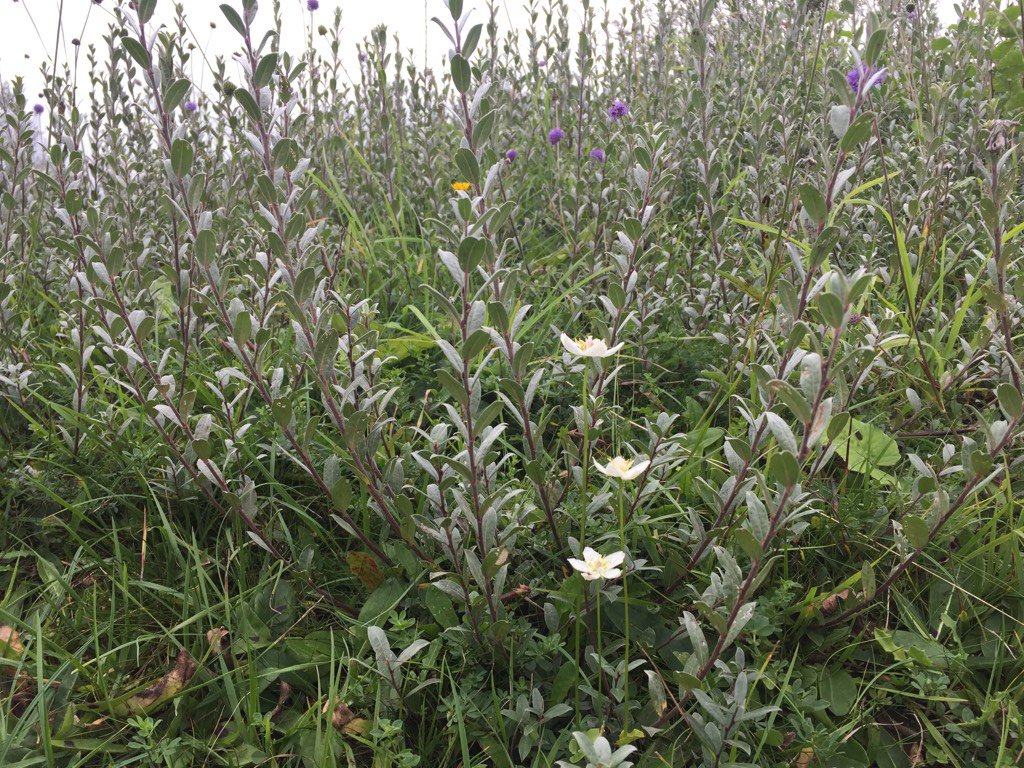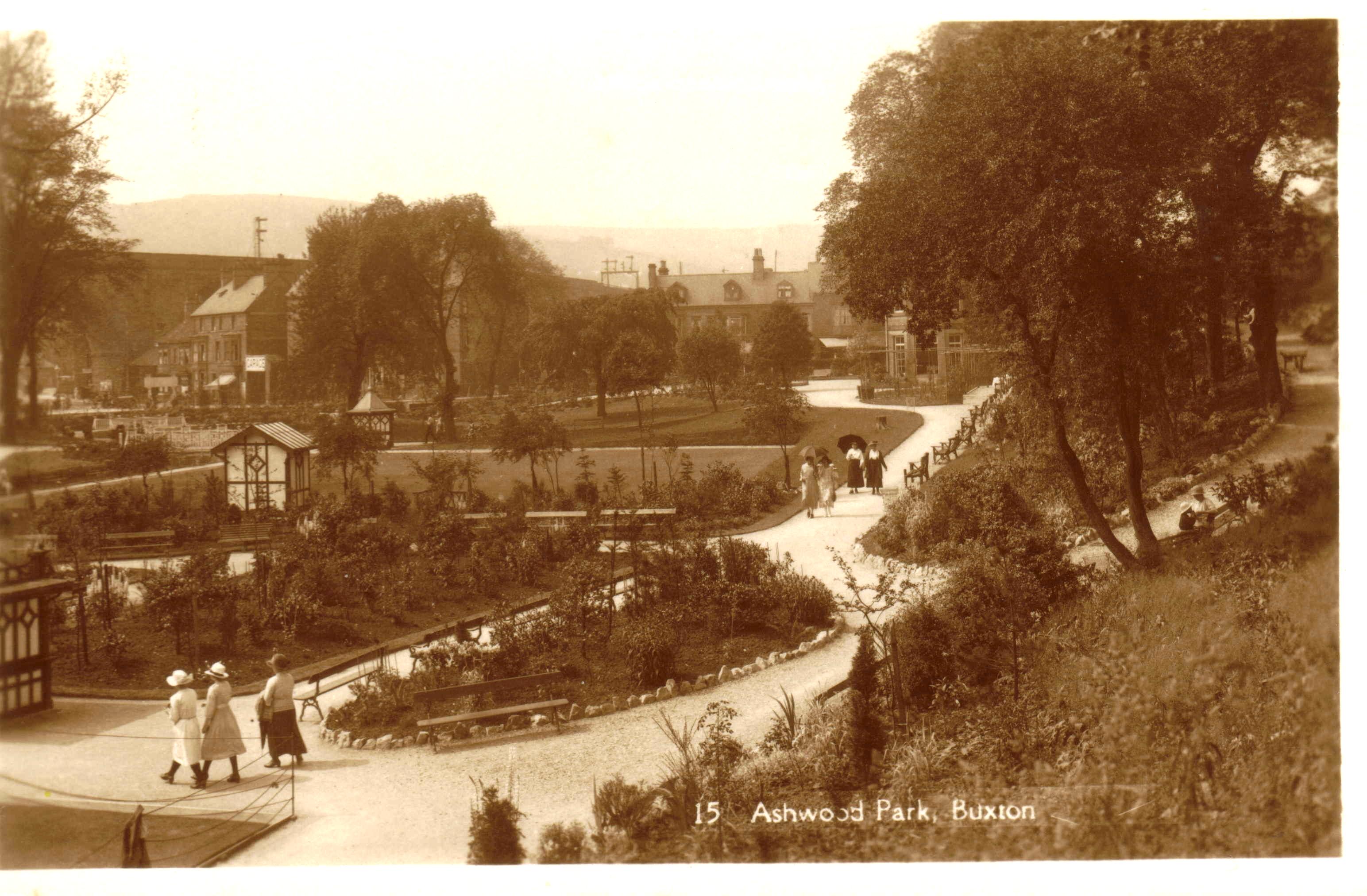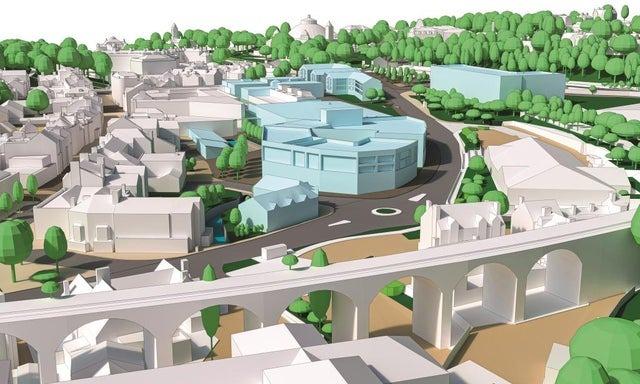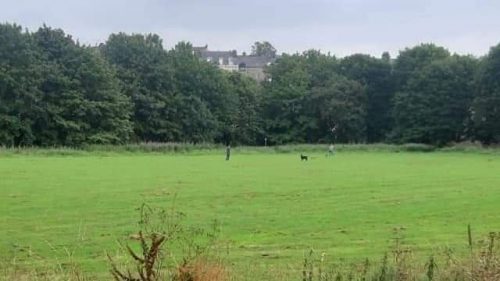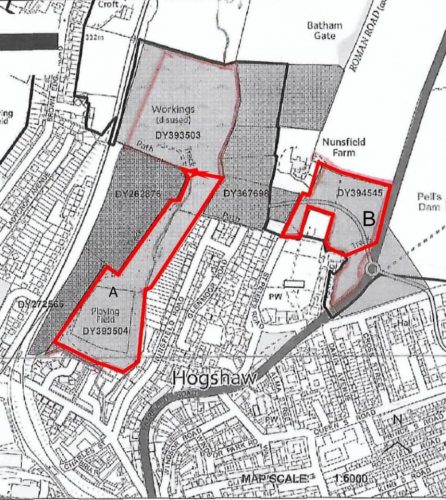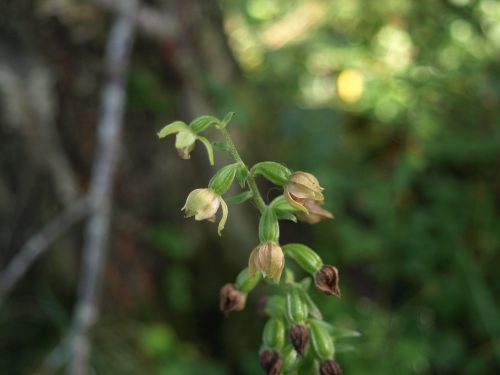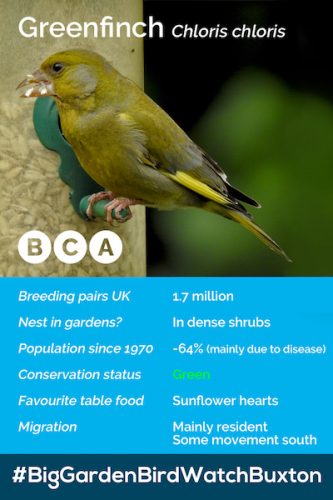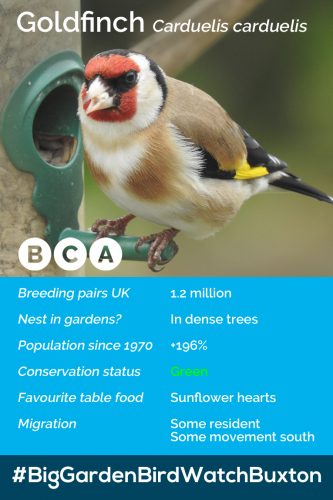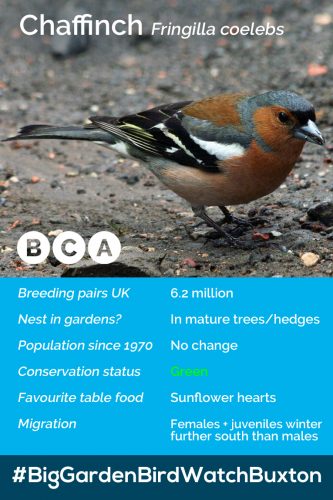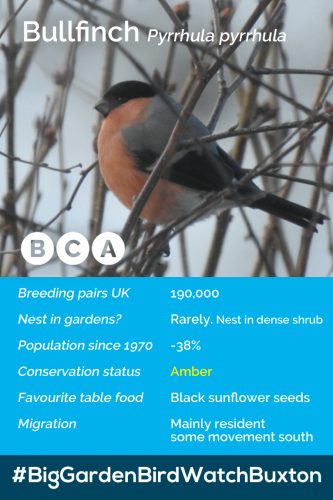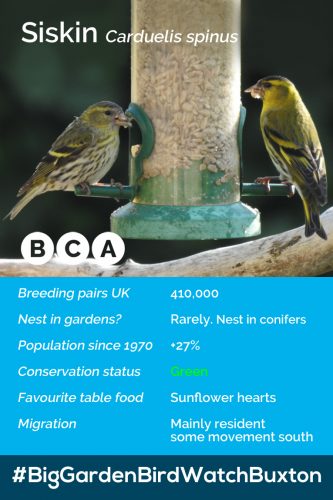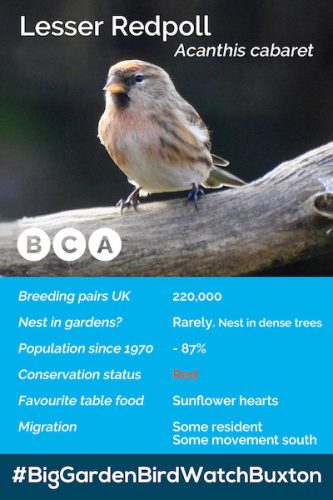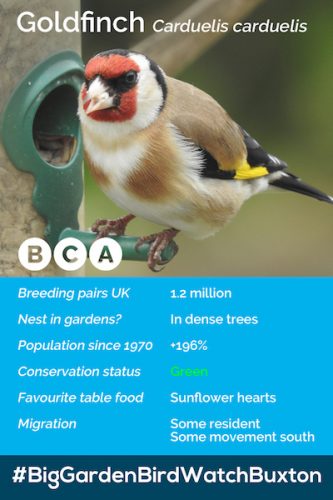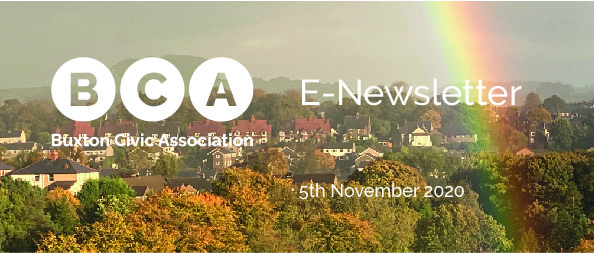Buxton Civic Association receives grant of £249,700 from the government’s Green Recovery Challenge Fund
• 68 projects have been awarded grants between £62k and £3.8 million to kick-start a pipeline of nature-based projects while creating and retaining jobs
• First funding round sees £40 million pot allocated, second round of funding to open in early 2021
Buxton Civic Association’s Stronger Roots: Regeneration and healing in Buxton’s Community Woods, is one of the first environmental projects awarded a grant from the government’s £80 million Green Recovery Challenge Fund.
Defra announced grants between £62,000 and £3.8 million today, to help create and retain thousands of green jobs. The projects, spread across England, will see trees planted - 800,000 in total - and protected landscapes and damaged habitats such as moorlands, wetlands and forests restored, alongside wider conservation work. The projects will also support environmental education and connecting people with green spaces.
BCA’s Stronger Roots project recognises the need to repair the ecological damage caused by ash dieback and the important part our woods played during the Lockdown. Buxton people turned to BCA’s nine community woodlands, our Country Park and SSSI for exercise, play, solace and spiritual refreshment. Their appreciation of and need for our sites highlighted the urgency of our work in nature care and nature conservation. This project will accelerate that, enabling us to reach more people faster, whilst responding to the ash dieback crisis. With our partners and the community, we will create flourishing woodlands with enhanced biodiversity and build ecological, social and economic resilience.
The key elements of the project are;
Nature conservation/restoration
• Repair ecological damage, especially that caused by ash dieback
• Create regeneration clearings
• Collect local tree seeds and cuttings; documentation; community involvement
• Tree nursery; growing seeds to forest transplant size
• Fell/pollard trees; maintain public safety; create deadwood habitat
• Repair drystone walls
Nature-based solutions
• Woodland restoration
Connecting people with nature
• Nature Connectedness innovation and research project
• Nature-based well-being activity programme
• Programme of nature care events for groups with additional needs
• New community theatre experience, celebrating woodland regeneration
• Expanded Forest Schools programme
• Nature-based play facilities
• Art projects with local artists collective
• Targeted engagement with disadvantaged groups
• Multi-media outreach/information campaign for the wider community
It will create three new posts; diverse training, volunteer, work experience opportunities; most suitable for young people.
BCA Chairman, Peter Phillipson said:
“We are absolutely delighted to have been awarded this grant. This year our core funding has been hit badly, but it is essential that we plan for the future and we are extremely excited by the projects that will be enabled through this funding. The money will provide us with a brilliant opportunity to help bring even more people into our woods in Buxton and to give them all the healing benefits that result from close contact with nature. At the same time, it enables us to redress some of the devastation caused in the last two years by Ash dieback disease and to kick start the process of regenerating the woods for the future. We are pleased that it will give us a chance not only to provide employment for three new members of staff but also provide an opportunity to support some local green freelancers and will support several small local environmental arts and wellbeing organisations.”
The Green Recovery Challenge Fund is a key part of Prime Minister’s 10 Point Plan to kick-start nature recovery and tackle climate change. The fund is being delivered by the National Lottery Heritage Fund in partnership with Natural England and the Environment Agency.
Environment Minister, Rebecca Pow, said:
“These projects will drive forward work across England to restore and transform our landscapes, boost nature and create green jobs, and will be a vital part of helping us to build back greener from coronavirus.
“I look forward to working with environmental organisations as these projects help address the twin challenges of biodiversity loss and climate change, while creating and retaining jobs as part of the green recovery.”
Ros Kerslake, Chief Executive, National Lottery Heritage Fund, said:
“Supporting our natural environment is one of the most valuable things we can do right now. All these projects are of huge benefit to our beautiful countryside and wildlife, but will also support jobs, health and wellbeing, which are vitally important as we begin to emerge from the coronavirus crisis.”
The government’s forthcoming Environment Bill puts the environment at the centre of policy making to ensure that we have a cleaner, greener and more resilient country for the next generation. The fund is supporting a range of nature conservation and recovery and nature-based solutions projects, which will contribute towards government’s wider 25 Year Environment Plan commitments, including commitments to increase tree-planting across the UK to 30,000 hectares per year by 2025.
ENDS
Notes to editors
• 21 projects will receive the larger grants (over £250k - £5m) and 47 projects awarded funding for the smaller grants (£50 - £250k).
#GreenRecoveryChallengeFund
#TogetherForOurPlanet
#BCAWoods
#BuxtonClimateAction

